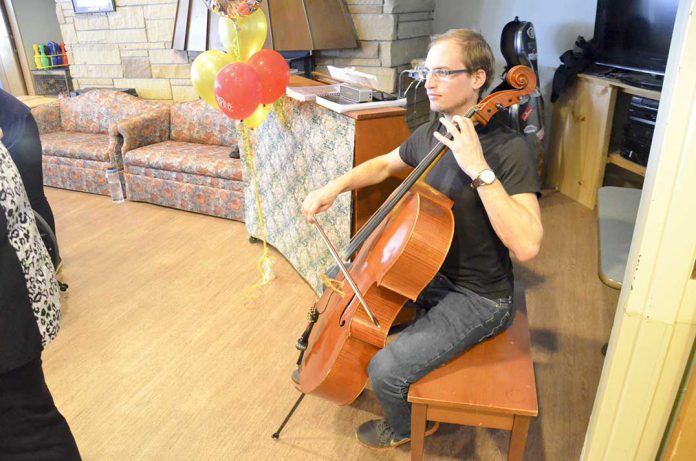It has become a 21st Century trope and a source for countless humorous Facebook memes, but the current societal addiction to staring at small handheld screens is anything but funny when it takes place behind the wheel. Distracted driving has overtaken impaired driving as the prime cause of accidents on our roads and the carnage shows little sign of abating.
Slowly, steadily, the penalties associated with distracted driving have been rising in Ontario—but they have not risen to levels commiserate with its deadly impact on people’s lives.
In Ontario, deaths from collisions caused by distracted driving have doubled since 2000 and data on collisions from 2013 show that one person is injured in a distracted-driving collision every half-hour. A driver using their phone while driving is four times more likely to cause an accident than a driver whose attention is solely focused on the road.
Understanding what constitutes distracted driving is pretty simple—using a phone to talk, text, check maps or choose a playlist while behind the wheel all count as distracted driving as do eating, reading or typing a destination into a GPS.
Many people still don’t realize that it’s against the law to use hand-held communication or electronic entertainment devices such as a DVD player or e-reader while driving. But in plain point of fact, simply holding a phone or other device while driving is against the law.
If you have an A, B, C, D, E, F and/or G licence, you will face strong penalties when convicted of distracted driving that includes a fine of $490 if settled out of court (includes a victim surcharge and the court fee), a fine of up to $1,000 if a summons is received or if the ticket is fought in court—and the driver will lose three demerit points. If you hold a G1, G2, M1 or M2 licence and are convicted of distracted driving, you’ll face the same fines as drivers with A to G licences. But you won’t receive any demerit points, instead you will face a 30-day licence suspension for a first conviction, a 90-day licence suspension for a second conviction and cancellation of your licence and removal from the Graduated Licencing System (GLS) for a third conviction—to get your licence back you would have to redo the GLS program.
If that sounds tough enough, please reconsider.
Distracted driving is the new impaired and the penalties should reflect the deadly consequences that practice entail.
Impaired driving consequences for even being in the warning range of a blood alcohol level of between .05 and .08 include a three-day roadside licence suspension for a first conviction and a $198 fine. A seven-day roadside suspension comes with the second time you are caught, along with a mandatory educational session and the $198 fine. For third and subsequent times (within five years), a 30-day roadside licence suspension, a mandatory treatment program, a six-month ignition interlock and a $198 administration penalty will be levied.
Penalties for being over .08 include a mandatory education or treatment program, a one-year minimum requirement to drive a car equipped with an ignition interlock device, no minimum jail sentence, a $1,000 fine and licence suspension for minimum of one year. A second conviction would mean a mandatory education or treatment program, a three-year minimum requirement to drive a car equipped with an ignition interlock device, a 30-day minimum jail sentence, a fine amount determined at the discretion of the judge and licence suspended for minimum three years. Get caught a third time and you face a mandatory education or treatment program; variable interlock periods (depending on sequence of prior convictions), a 120-day minimum jail sentence, a fine amount at the discretion of the judge, and a lifetime licence suspension (can be reduced to 10 years if certain conditions are met).
The impact of these penalties, and a concerted social turnaround that took the public’s perception of impaired driving from acceptable to complete anathema, helped to reduce the number of charges and carnage on our roads. It’s long past time we took distracted driving to that level—only let’s not place stricter penalties on younger drivers, the odd curmudgeon—Luddite rant against millennials notwithstanding, cellphone checking addiction is not limited to any generation.



